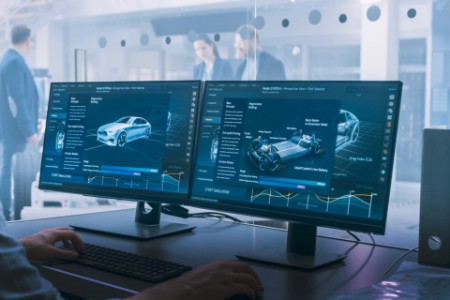Resulting shift in the automotive value chain
The transition to SDVs will disrupt the automotive industry across the value chain. With redefined software architectures, the hardware is abstracted away, reducing the barrier to entry for new entrants and disrupting the current value chain.
Traditionally, the relationship of OEM with suppliers is straightforward and hierarchical, with OEMs sourcing and interacting with Tier 1s directly, and Tier 1s acquiring raw material/subcomponents from Tier 2s and 3s. Tier 1s would play the role of integrators. However, with software becoming independent and a key cost driver, OEMs have the option to bypass Tier 1s and directly engage Tier 2s, or pure play software players. To maintain relevance, Tier 1s are repositioning themselves in the value chain by transitioning to Tier 0.5s, who work collaboratively with OEMs, acting as innovation partners across the development lifecycle of a vehicle.
Key takeaways for OEMs and automotive suppliers
To meet consumer demands and capitalize on the software-driven opportunity, OEMs need to invest in developing a consolidated and scalable E/E architectures which would be a key enabler for centralized software platforms, high-speed connectivity, and increased cybersecurity solutions.
With shifting OEM strategies, suppliers and automobile software companies should consolidate their capabilities for in-vehicle software and computing to offer cross-functional products and services that suit SDVs. Overhauling their existing business models, where they manufacture and sell hardware and software products, suppliers will need to closely collaborate with OEMs and provide specialized software engineering management services. To quickly ramp up and scale software capabilities, suppliers must evaluate partnerships, tie-ups, and acquisitions of other companies.


